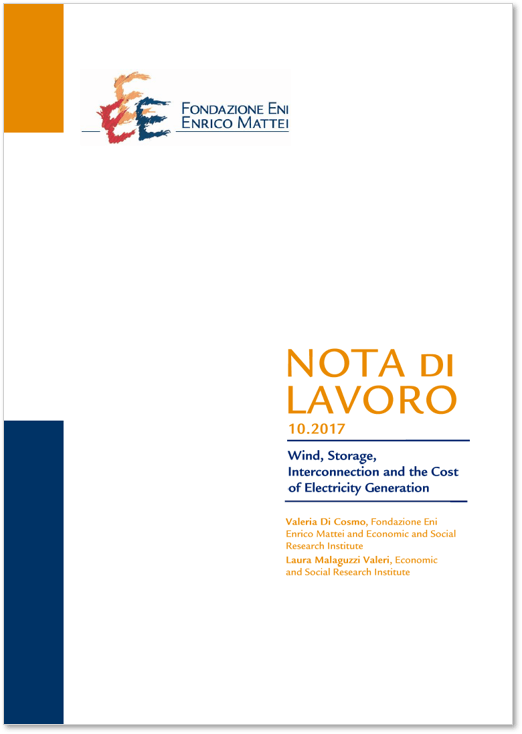This study investigates how increasing wind energy impacts electricity prices, system balancing costs, and subsidy costs within the Irish Single Electricity Market (SEM), utilizing hourly data from 2008 to 2012. It innovatively quantifies the interaction between wind energy, storage capacity, interconnection with other markets, and the overall cost of electricity generation and delivery.
Key Findings
-
Negative Impact of Wind on Wholesale Prices: The study confirms the merit order effect: as wind generation increases, wholesale electricity prices (System Marginal Price, SMP) decrease. The average marginal impact of wind is €-0.018/MWh per MWh of wind added, representing a 0.03% price drop, or roughly €73.78 in savings per additional MWh at average demand.
-
Wind and Constraint (Balancing) Payments: Wind generation leads to higher balancing costs, called constraint payments, especially in cases of forecast errors. Every additional MWh of wind generation leads to a €3.20 increase in constraint payments. This is partly due to mismatches between forecasted and actual wind output.
-
Role of Storage and Interconnection:
-
Storage Outages (e.g. at Turlough Hill) significantly worsen the cost impact of wind on the balancing market. When storage is unavailable, the impact of wind on constraint payments more than doubles to approx. €6/MWh.
-
Interconnection Outages (e.g. at the Moyle interconnector) have a weaker effect on the cost impact of wind.
-
-
Non-linearity of Impacts: The effect of wind on electricity prices is non-linear and varies by hour of day and by storage/interconnection availability. This was modeled using a system of seemingly unrelated regressions (SUR).
Methodology
The authors employ a rich hourly dataset that captures all electricity production above 10MW in the SEM. They use econometric models—particularly SUR—to estimate the effect of wind on spot prices for each hour of the day. They also use time-series models with autocorrelated residuals to analyze constraint payments.
Variables such as fuel prices (gas, coal, carbon), demand, capacity margin, and forecast errors are all included to isolate the effect of wind.
Natural experiments (unexpected outages of the Turlough Hill pumped storage and the Moyle interconnector) are used to assess the sensitivity of wind’s effects under different grid configurations.
Subsidy Costs
The paper also incorporates subsidy costs, which vary significantly between the Republic of Ireland (using REFIT feed-in tariffs) and Northern Ireland (using Renewable Obligation Certificates, ROCs). The average subsidy cost in Ireland was €15.3/MWh of wind, while ROCs in Northern Ireland cost over three times more.
Despite these subsidies and the increase in balancing payments, wind generation still results in a net reduction in electricity costs due to its strong dampening effect on wholesale prices.
Innovation Aspects
-
Integrated Approach: The study uniquely analyzes spot market, balancing costs, and subsidies together, rather than in isolation.
-
Empirical Modeling: Unlike earlier simulation-only studies, this research uses real operational data for a multi-year period.
-
Impact of Forecast Errors: By explicitly incorporating forecast inaccuracies, the authors highlight an important cost driver often neglected in policy debates.
-
Evaluation under System Constraints: Using real-world system outages provides credible estimates of how flexible infrastructure (storage, interconnectors) modulate wind energy impacts.
Policy Implications
-
Need for Improved Forecasting: Forecast errors in wind and demand significantly increase constraint payments, indicating a policy need for better prediction tools and flexibility mechanisms.
-
Importance of Storage: Storage significantly mitigates the balancing cost of wind, justifying investments in flexible storage infrastructure.
-
Caution with Subsidies: The subsidy scheme design greatly affects the net cost/benefit of renewables; cost-effective support schemes like Ireland’s REFIT can enhance the net value of wind generation.
-
System Design Matters: SEM’s design—especially its lack of intraday markets—exacerbates balancing costs, suggesting that market design reforms could further improve integration of renewables.

